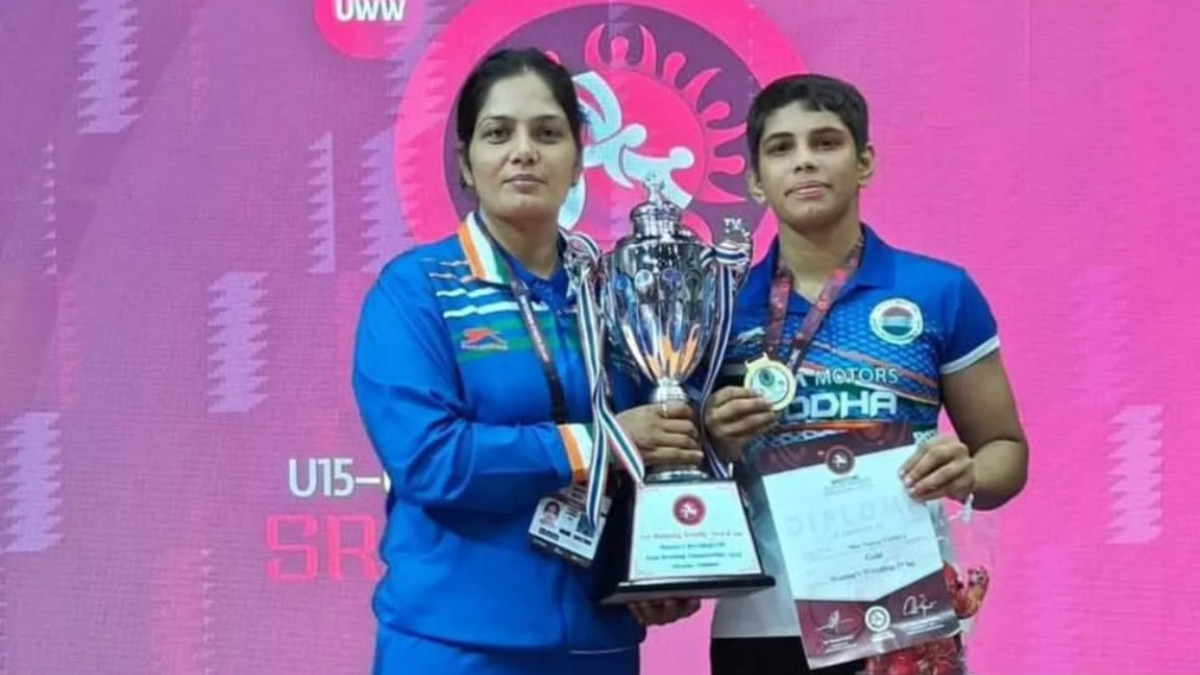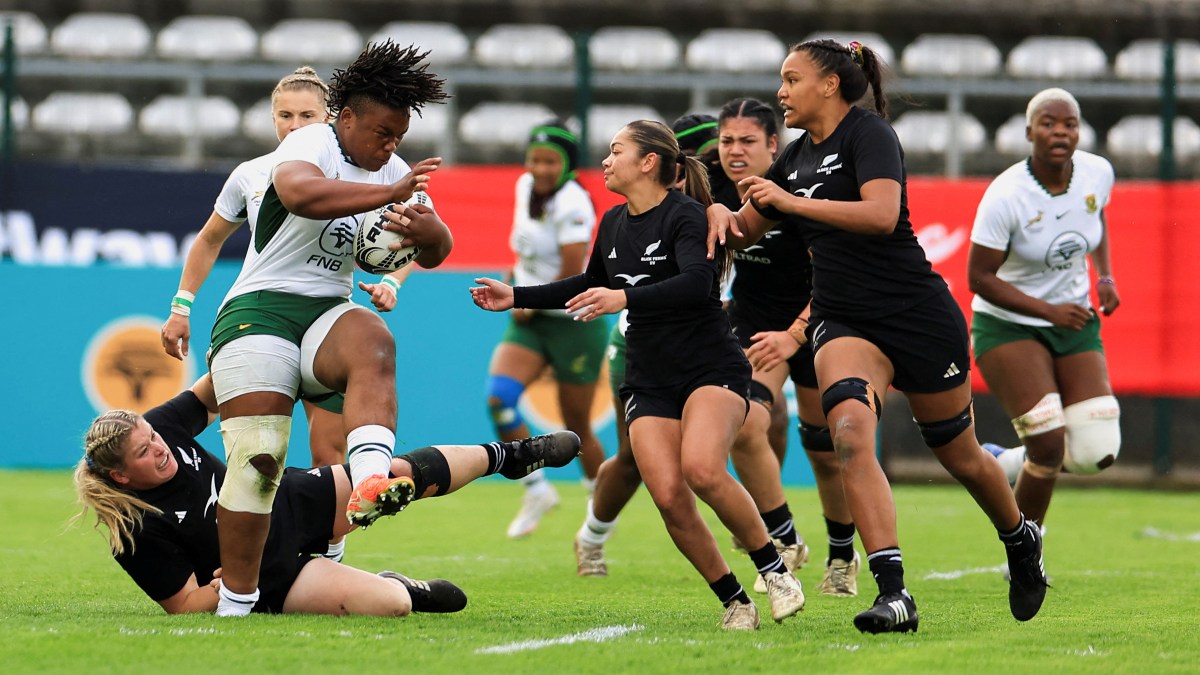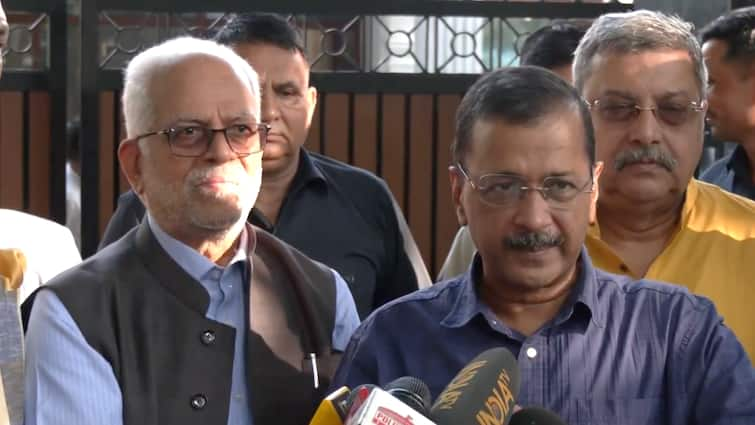Rising star Tapasya Gehlawat stood tall at the U-20 World Wrestling Championships by winning gold in the women’s 57kg category, defeating Norway’s Felicitas Domajeva 5-2 in the final. Here’s more on the 19-year-old’s inspirational journey.
Indian wrestling discovered its latest star on Wednesday with young Tapasya Gehlawat being crowned the U-20 world champion in the women’s 57kg category in Samokov, Bulgaria.
Indian women have been shining at the event ever since Antim Panghal won a historic gold in the 53kg category in 2022. And 19-year-old Tapasya became the latest from her country to stand on the podium at the prestigious event after defeating Norway’s Felicitas Domajeva 5-2 in the final.
She had started her campaign by pinning Dolzhon Tsyngueva while 6-0 up in the bout, and would later go on to defeat France’s Romaissa El Kharroubi and Japan’s Sowaka Uchida in the quarter-finals and semi-finals respectively.
And she isn’t the only Indian shining at the event this year, with Srishti winning silver in the 68kg category, having defeated Germany’s Laura Koehler 7-3 in the semi-finals before losing to Japan’s Ray Hoshino. Two more silver medals have been assued by Priya Malik and Reena, who have progressed to the final of the 76kg and 55 kg events respectively.
So who exactly is Tapasya Gehlawat and what is her story?
How Tapasya found inspiration within family for her wrestling journey
According to The Indian Express, Tapasya’s father Parmesh faced opposition from relatives while trying to enroll her at a wrestling academy nearly a decade ago. He refused to heed to their criticism and got her enrolled anyway, a decision that would result in an U-20 gold down the road.
However, it was the feats of Tapasya’s great grandfather Chaudhary Hazari Lal that served as the primary inspiration for her entry into the world of wrestling. Hazari Lal, after all, was a famous wrestler who was a regular in village dangals at the Khanpur Kalan village in Jhajjar, Haryana.
“My grandfather Chaudhary Hazari Lal was renowned for his bouts in our village Khanpur Kalan. He would talk to us about the various wrestling moves. When Tapasya was born, she was our first child and a lot of relatives would taunt us that it was a girl-child. I was a school games national champion but quit wrestling due to an injury. But I always thought about making my child — whether a girl or boy — a wrestler,” Parmesh told the newspaper.
“When I decided to put Tapasya in wrestling nine years ago, I faced a lot of resistance from my family members and relatives too. They asked chhori wrestling karegi kya? (will a girl wrestle?) But then I wanted to see Tapasya winning medals for India one day,” he added.
However, enrolling her at the local academy was by no means enough for Parmesh as far as his daughter’s wrestling training was concerned. With the facilities at the village academy not enough, Parmesh decided to take Tapasya to Yudhvir Akhara near Sonepat where she would start training under coach Kulbir Rana.
Additionally, he also had to convince his wife that it was okay to send young Tapasya to the academy far away from the comfort of her home, with her younger brother Daksh following her footsteps later.
Parmesh had to take a loan to fund his kids’ wrestling training in Sonepat, with Rs 5 lakh yet to be returned. However, he insists it was all worth it in the end thanks to Tapasya’s stellar performance at the U-20 worlds.
“To see Tapasya become the Under-20 World champion is a message to all of those who oppose girls taking up wrestling. This is a special moment for all of us,” he added.
End of Article

)
)
